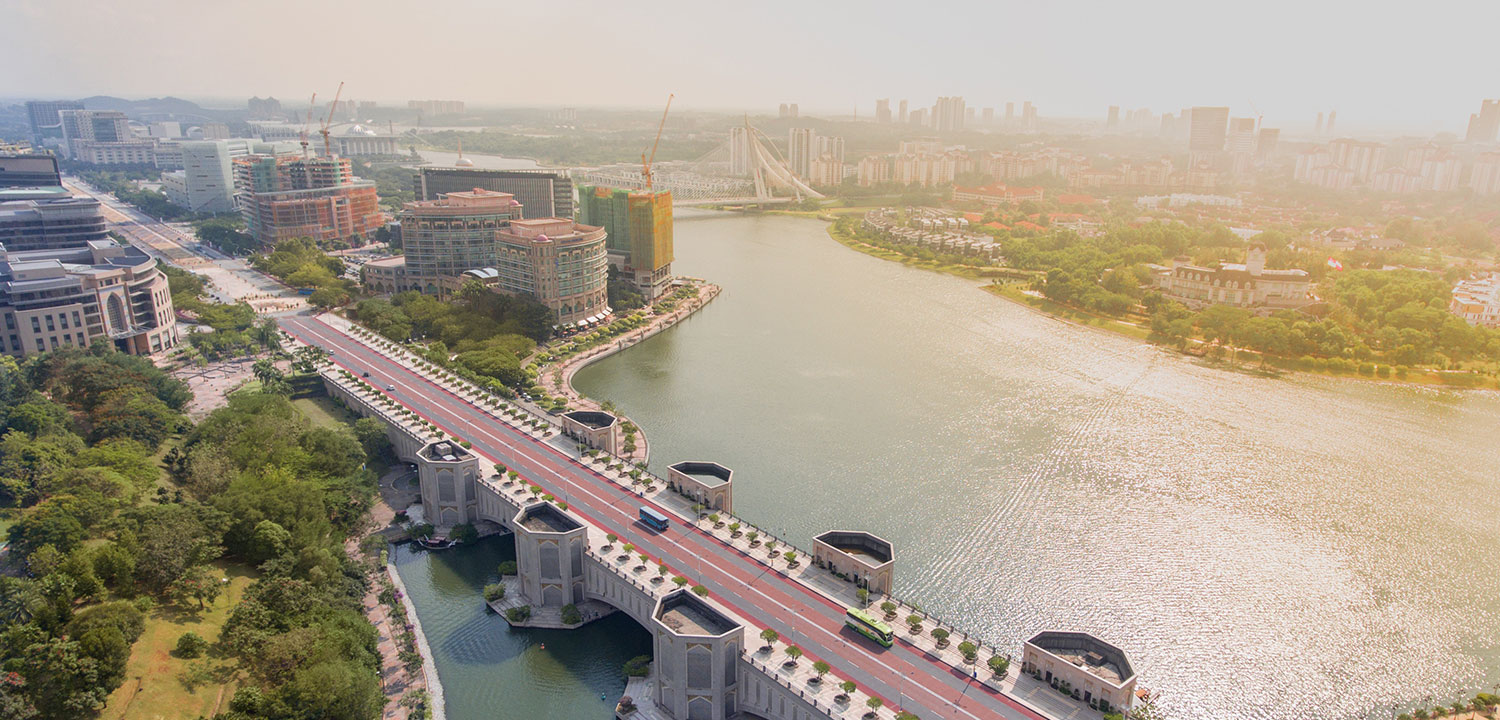
NewCities Associate Fellow Sarah Moser Unpacks Greenfield Cities
August 1, 2017 — Blog
In this Q&A with the NewCities Foundation, our Associate Fellow for Greenfield Cities Sarah Moser explores the challenges and opportunities of master-planned cities around the world and reveals how she developed her compelling interest for new urban projects.
NewCities (NC): Master-planned cities have long been part of urbanization around the world. What first led you to examine the resurgence of greenfield urban developments?
Sarah Moser (SM): The first time new master-planned cities came on my radar was when I was living in Singapore. I read a local news report about Putrajaya, the new capital being constructed for Malaysia. At that time (around 2006), no one was really talking about new cities, and I had assumed they were a phenomenon from the 1960s. My work on Putrajaya opened my eyes to the broader phenomenon just taking off in the early 2000s, and since that time dozens of new projects have been announced.
NC: How are the greenfield cities being built today different from previous eras?
SM: New cities today are on much faster timelines than ever before and there is a lot more private rather than state money involved. Many cities are also being constructed exclusively for the rich because it is much more profitable to create luxury housing than affordable family housing. This sort of exacerbation of socio-economic divisions is the antithesis of the 1960s era of new cities such as Brasilia, Brazil and Chandigarh, India which, for all their flaws, generally attempted to be much more socially and economically inclusive.
We are also in an era of massive global deregulation, which has given rise to land grabbing and the circulation of capital at unprecedented scales. These factors have created the conditions that have enabled the current wave of greenfield cities, while the post-World War II wave of new cities was driven by a completely different set of forces and were guided by a more socialist ethos.
NC: What opportunities do new cities offer? What are the risks with projects of this scale?
SM: Builders of new cities have the opportunity to learn lessons from decades of planning: how to be inclusive, how to design for density and walkability, and how to avoid creating dehumanizing spaces that characterize so many urban mega-projects. New cities can potentially avoid the car dependency that makes many cities soulless, boring, inconvenient, and unhealthy for residents.
There are a great number of risks associated with projects of this scale. There are many moving parts to keep track of, and when there is any economic instability, projects often get scaled down to the components that are profitable. This is not a recipe for vibrant, inclusive and livable cities. A key risk is that cities take a long time to build and to populate and require a sustained source of funding. If the point of a new city is profit, this can result in short-term thinking that can in fact stunt long-term growth.
Many greenfield cities aim to attract elite and wealthy populations and particularly knowledge economy workers and large-scale entrepreneurs. Having a single-minded focus on attracting only ‘the best’ carries several social and economic risks. It results in large-scale clustering of wealth, facilities, infrastructure and exacerbates economic disparity. A rich and varied ecosystem of entrepreneurs lowers the risk of social unrest and creates a more resilient and inclusive economy. Small-scale entrepreneurs such as taxi drivers, owners of corner shops, salons and drink stalls should be able to see opportunity and be included in greenfield cities, along with high-tech workers and large-scale entrepreneurs.
NC: How can research play a role influencing both greenfield cities and the global community in measuring the positive and negative impacts of new cities?
SM: Without research, we have no way of assessing how greenfield cities are progressing, the extent to which they are living up to their claims, which components are working and which are not, and the social and economic impacts of the projects. It is crucial that the research community provides in-depth analyses of greenfield cities so that they can improve and so builders of other projects can understand and emulate the successes. Focused studies on individual cities are critical for assessing each project, and broad international data about the phenomenon is needed to understand the impact of the trend.
Countries considering constructing new cities need to be better equipped with data about the risks, failures and problems associated with this particular model of development and carefully weigh their options about how they should allocate resources. The global community needs to understand that constructing a greenfield city is not a cure-all and can invite many more problems than other modes of urban and economic development.